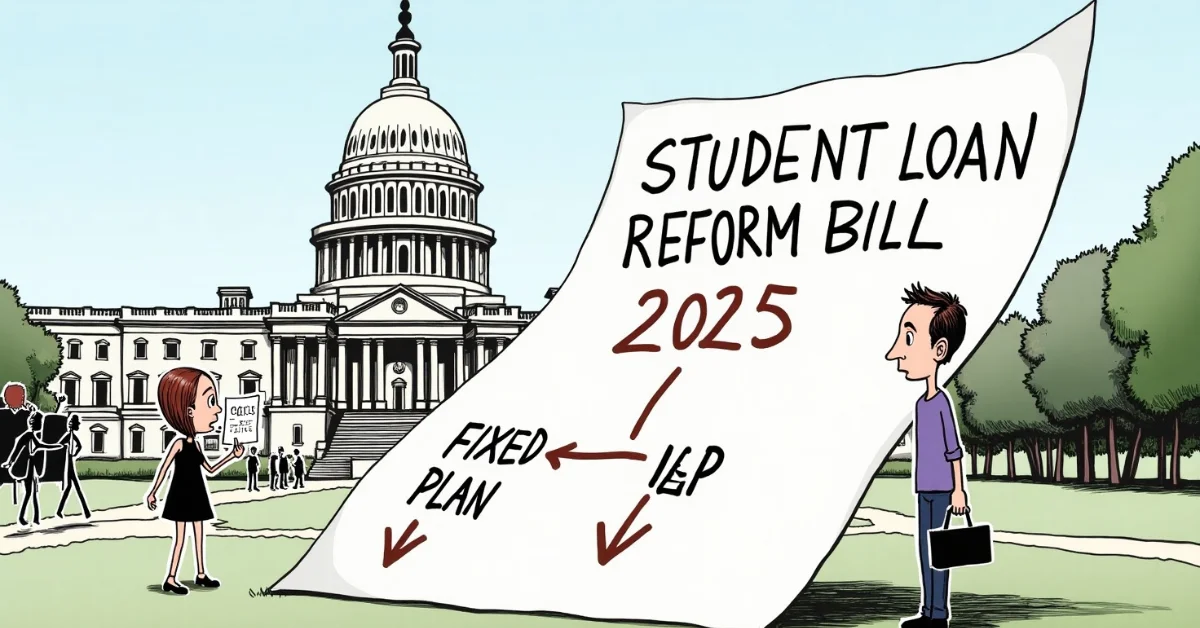The U.S. Senate advanced a far-reaching legislative package officially nicknamed the “One Big Beautiful Bill” that includes major revisions to federal student loan repayment programs. Key measures affect both future and, potentially, current borrowers.
The Senate bill eliminates the current income-driven repayment (IDR) options including SAVE, PAYE, IBR, and REPAYE for loans disbursed on or after July 1, 2026. In their place, a streamlined system will be introduced, offering two repayment options:
- Fixed Standard Plan: Borrowers will pay a set monthly amount over a 10- to 25-year term.
- Repayment Assistance Plan (RAP): A newly minted IDR-style program, capped between 1–10% of adjusted gross income, with forgiveness scheduled after 30 years.
Experts warn the new structure may increase monthly obligations for borrowers, especially those currently enrolled in more generous plans like SAVE. Nearly 7.8 million borrowers on SAVE could face sharp payment hikes averaging $100 for individuals and up to $200 for heads of household if moved into the new single IDR plan.
Graduate and Parent PLUS Loan Restrictions
In a dramatic shift, the bill imposes strict borrowing caps and eliminates certain loan types:
- Grad PLUS loans will be discontinued.
- Graduate student caps: $20,500 annually.
- Professional school loan caps: $50,000 annually.
- Parent PLUS capped at $20,000 per student.
Under Senate rules specifically, the Byrd Rule changes generally cannot be retroactive. However, existing borrowers can expect to be transitioned into either the RAP or a modified IBR plan by July 1, 2028. This transition will preserve past qualified payments for Public Service Loan Forgiveness (PSLF) eligibility.
Critics, including the National Association of Student Financial Aid Administrators, argue that the elimination of the SAVE plan which offers more favorable terms coupled with loan caps, could jeopardize college access. Borrowers may be pushed toward private or high-interest loan options to finance education.
The Senate’s version must still survive reconciliation in the House. Proponents hope to complete the legislative process before July 4, 2025, after which it would proceed to President Trump’s desk.
If enacted, this proposal would represent one of the most significant federal interventions in student lending since the onset of the COVID-19 pandemic, redefining repayment support for millions of American borrowers.



